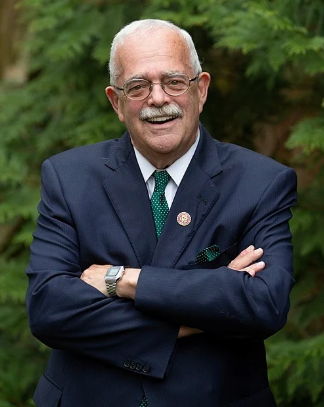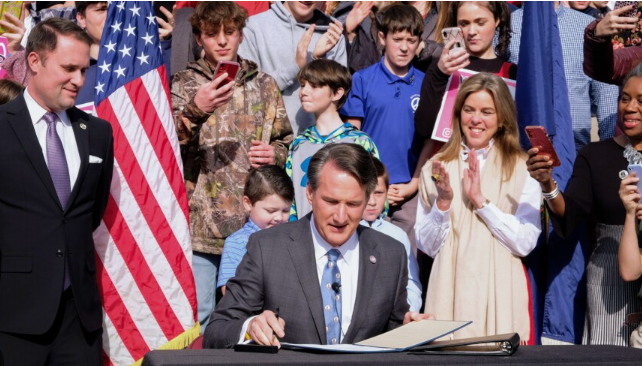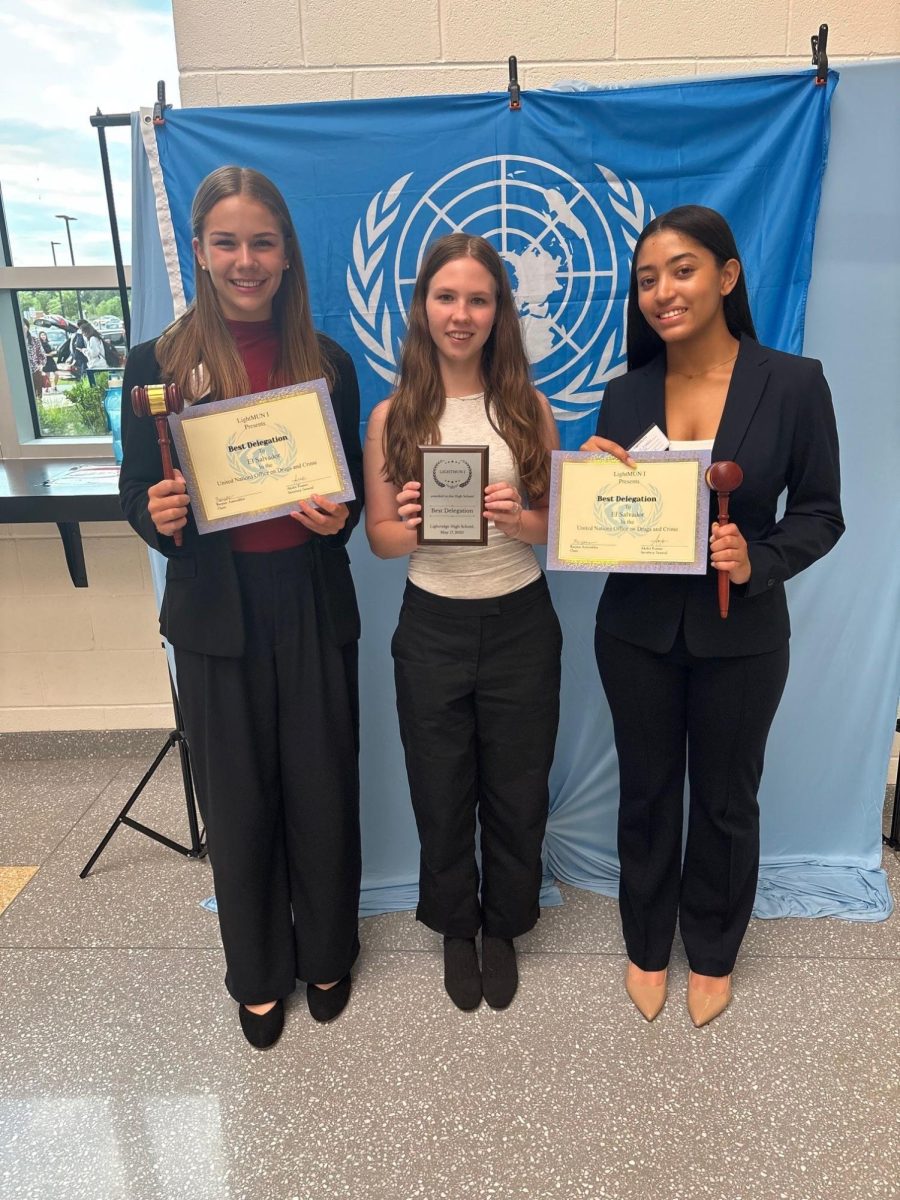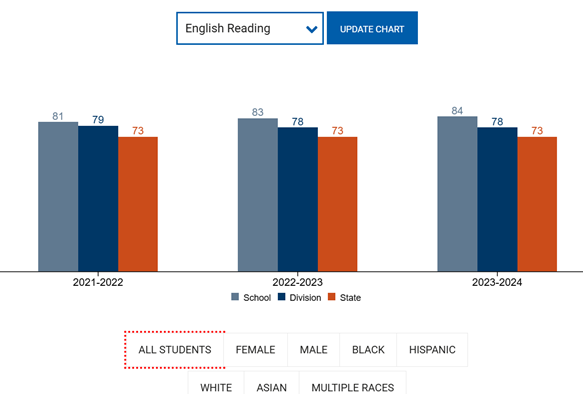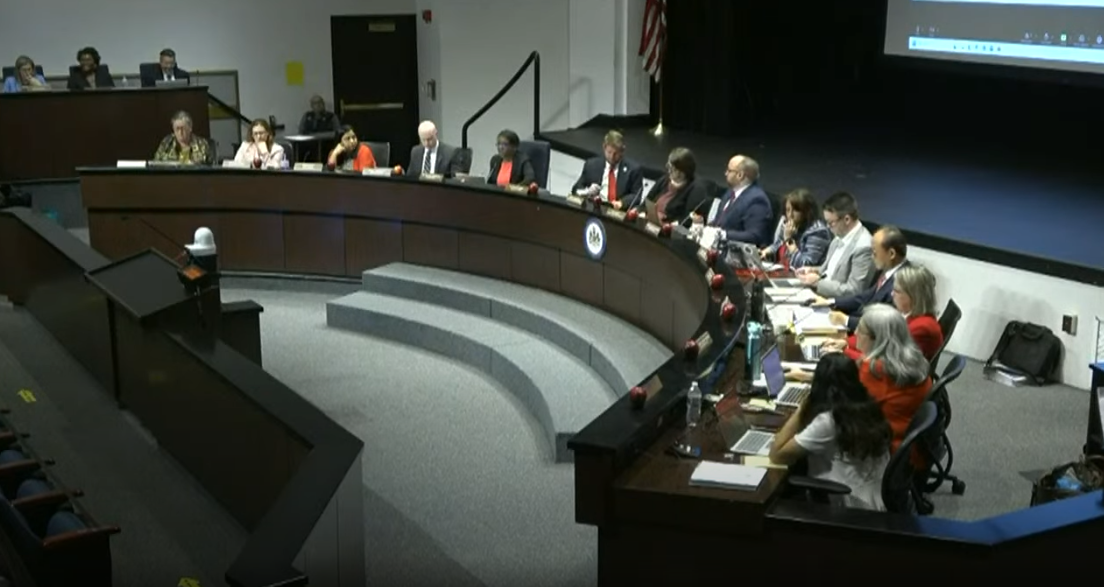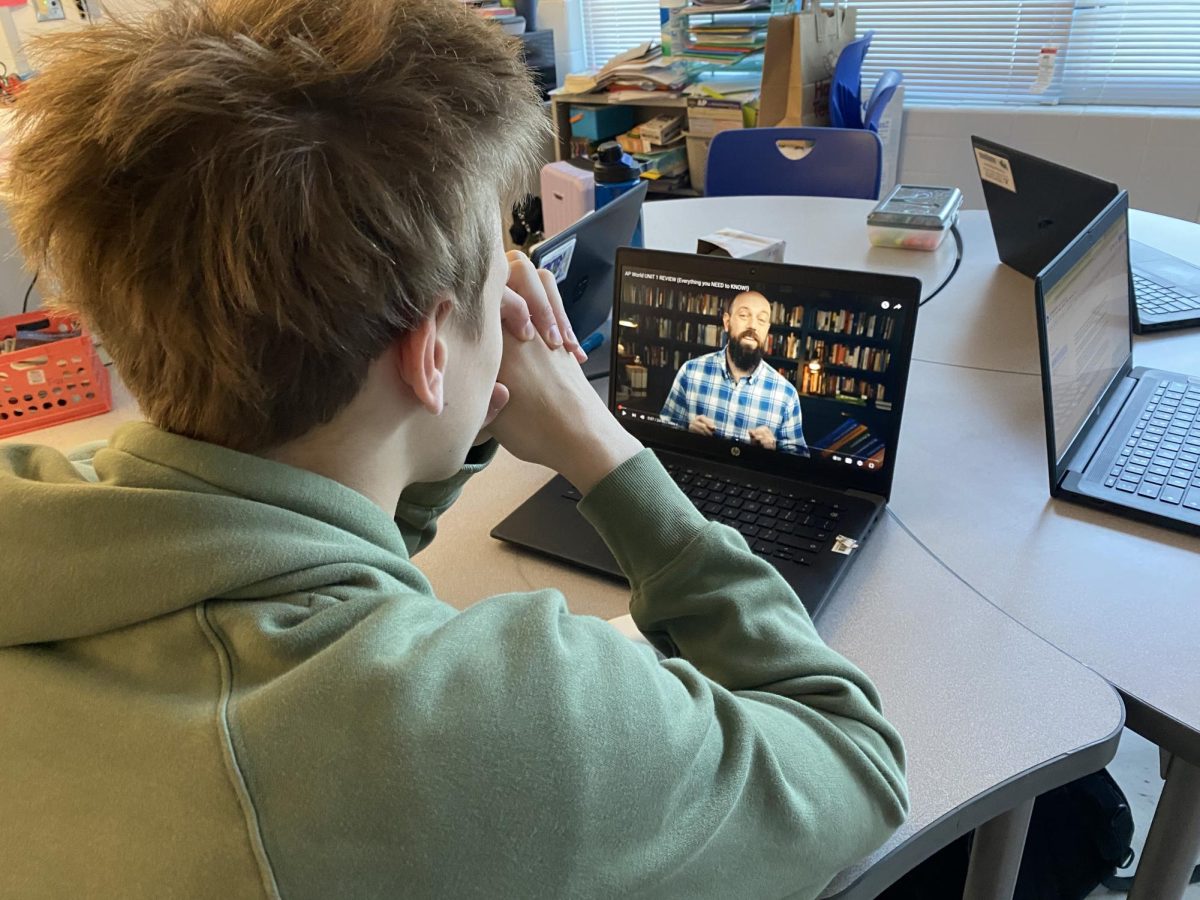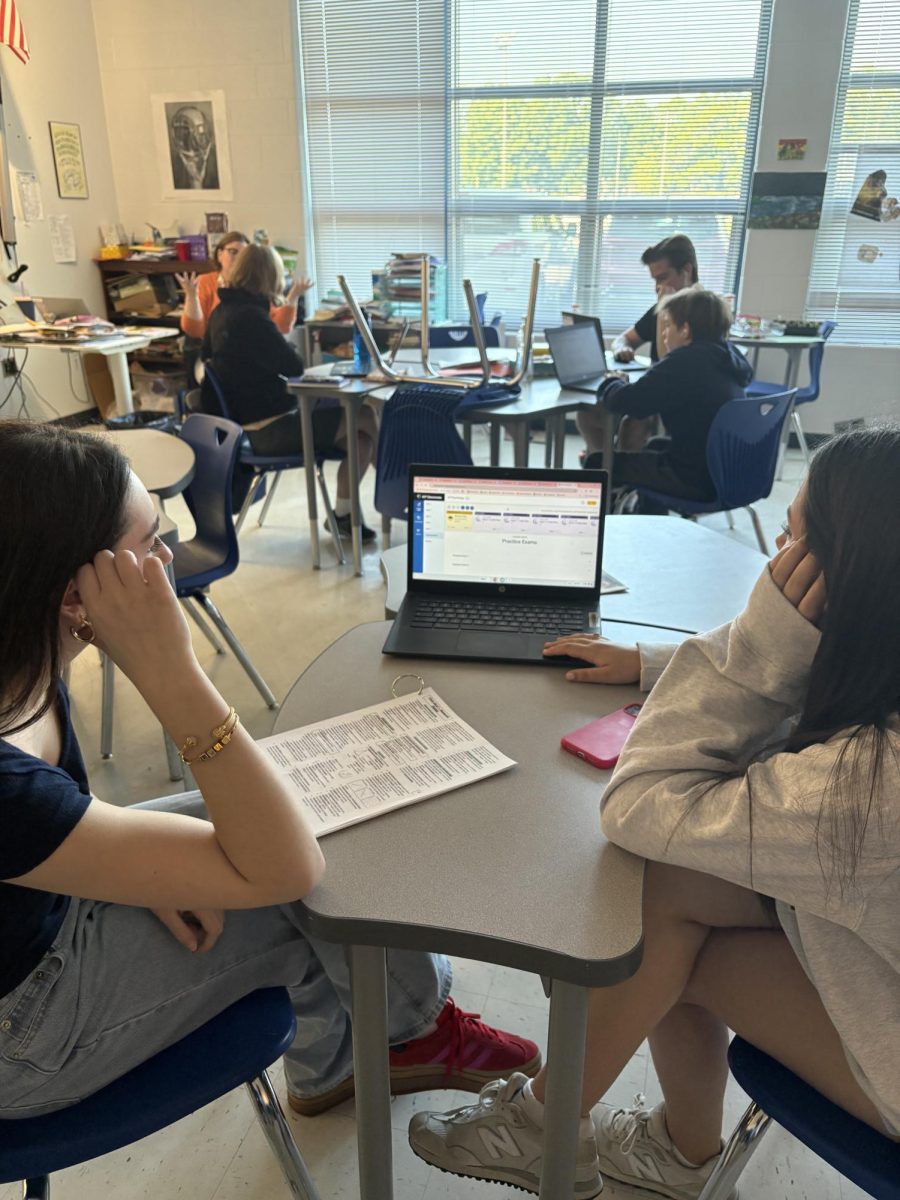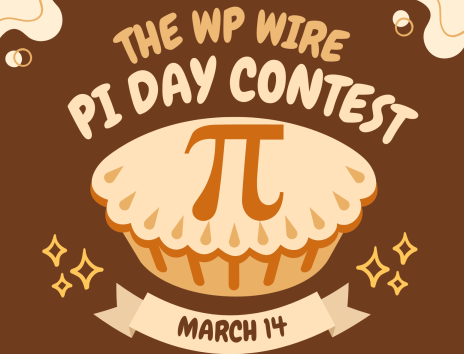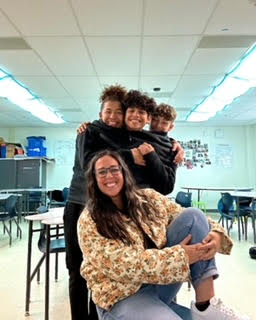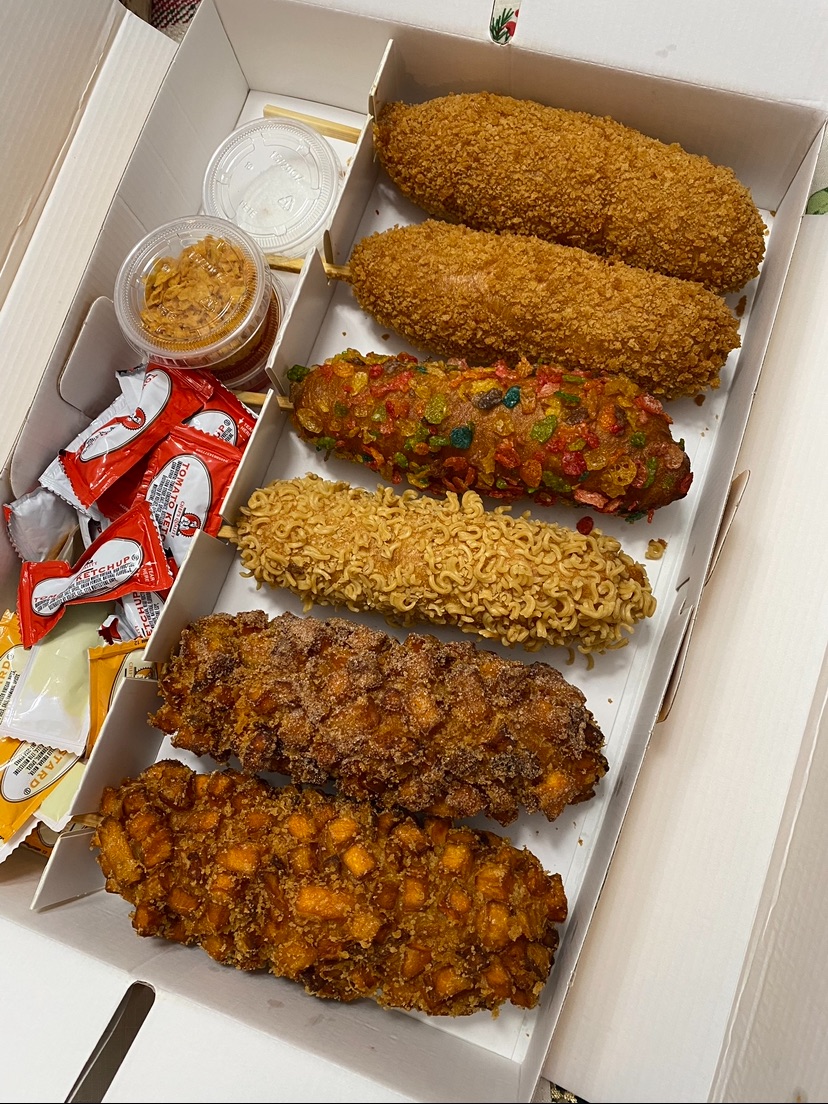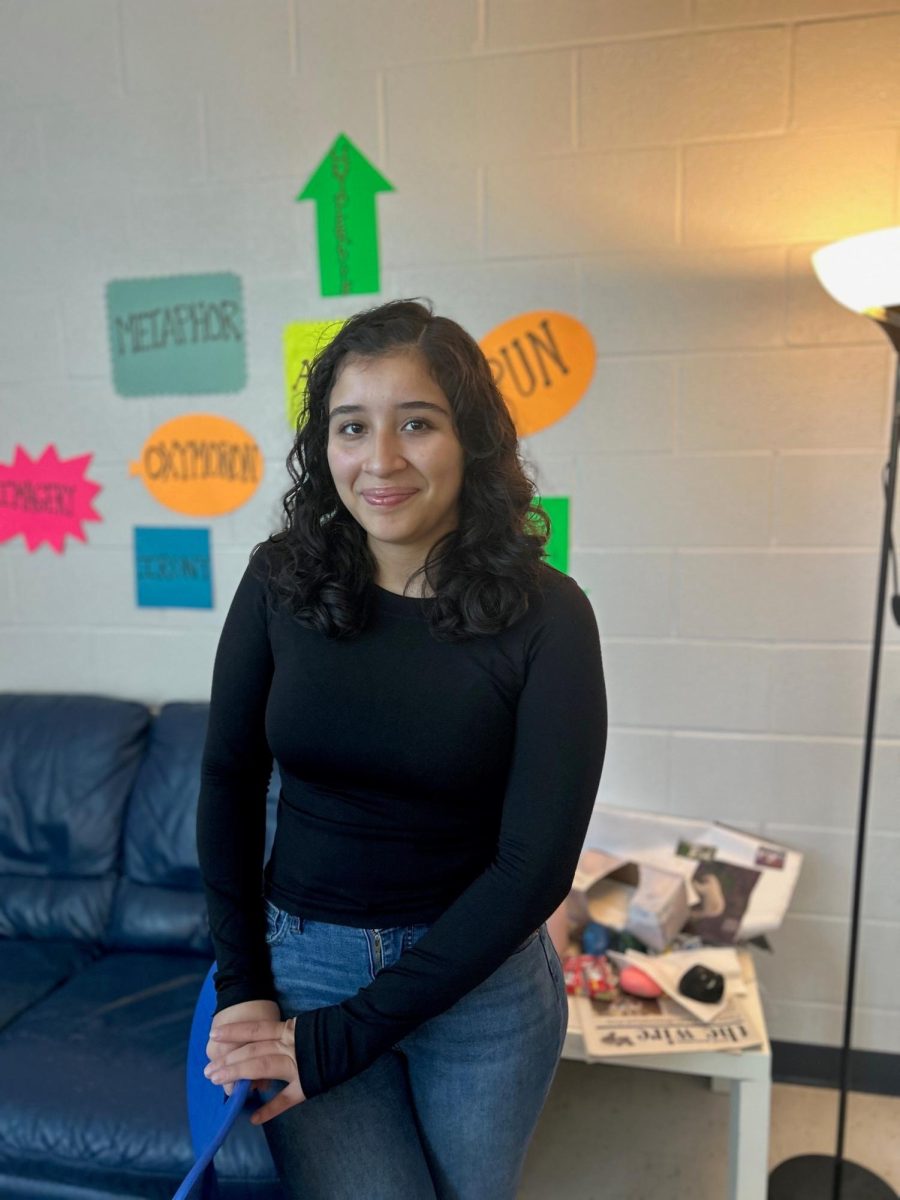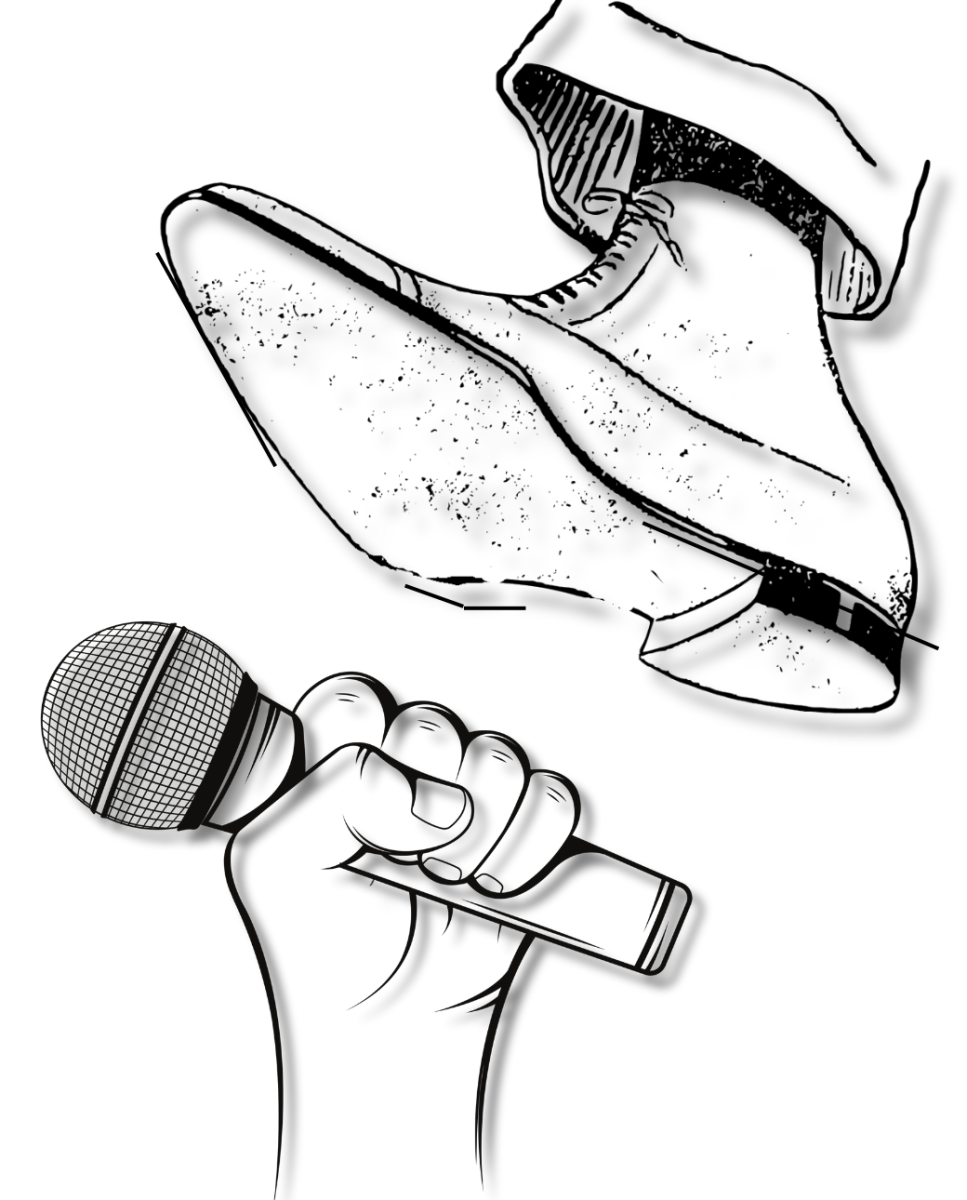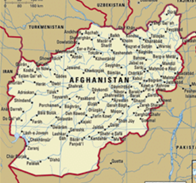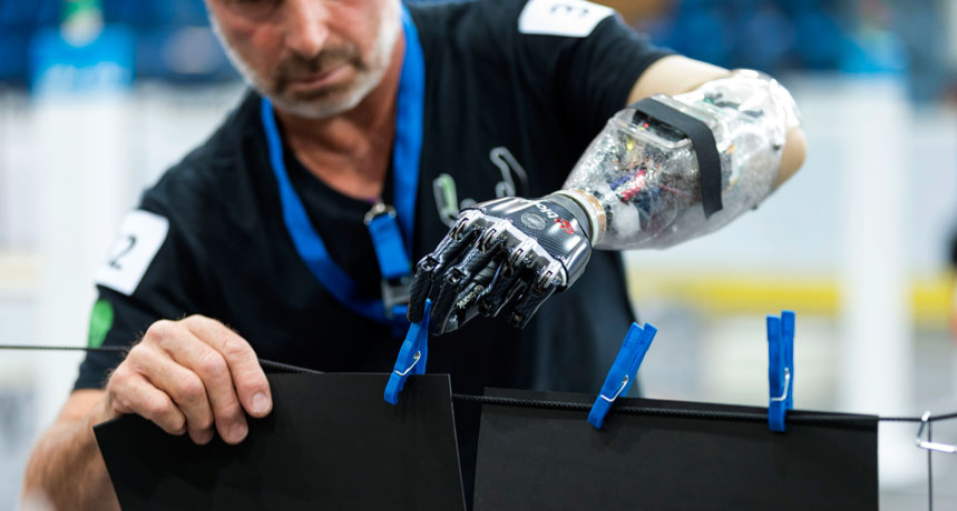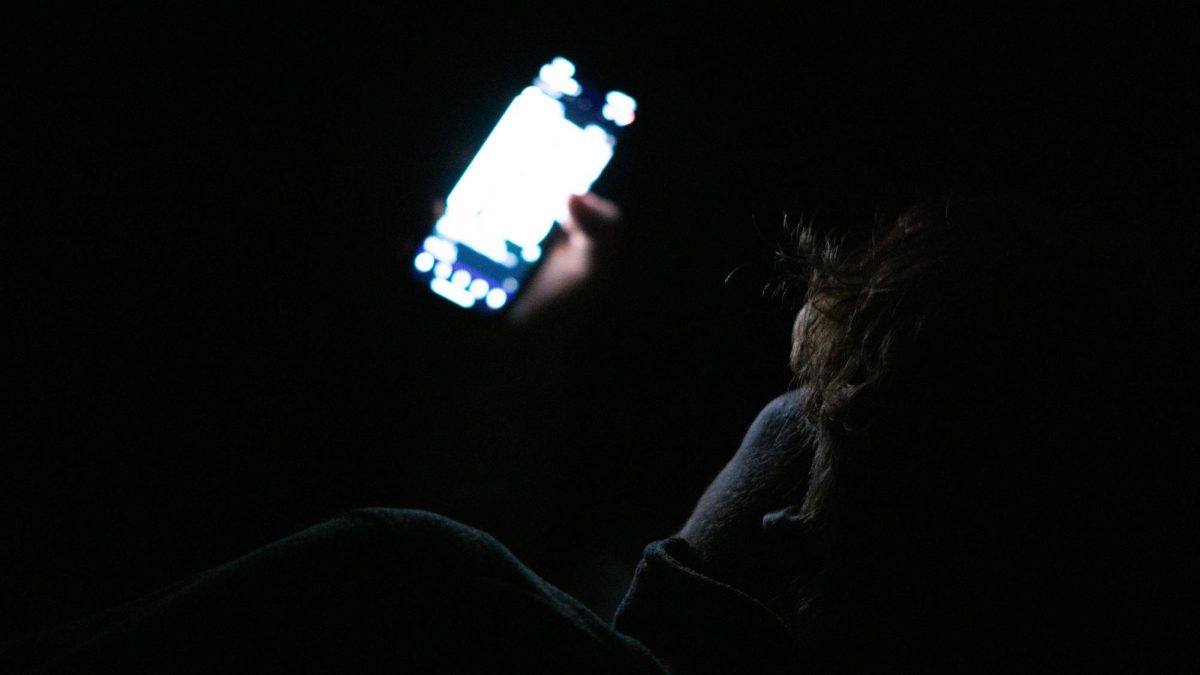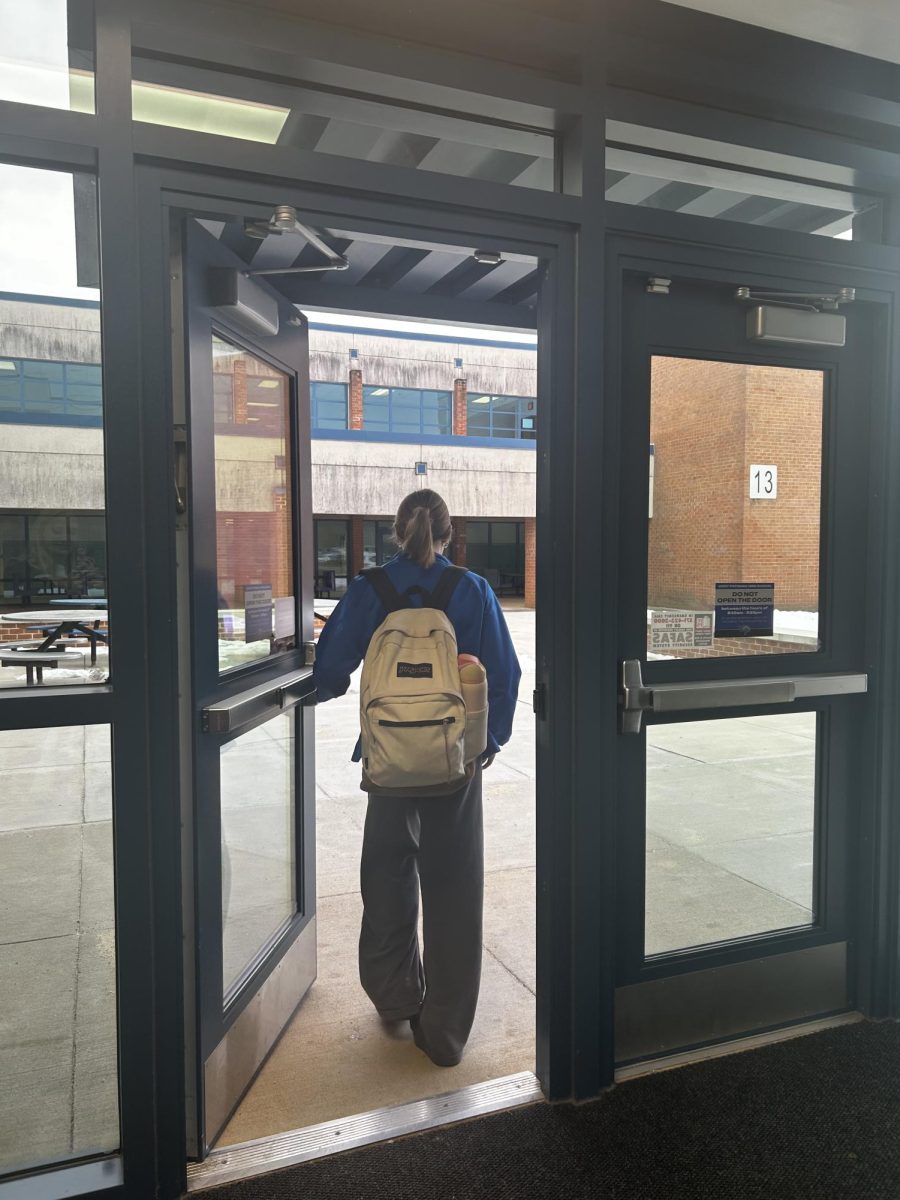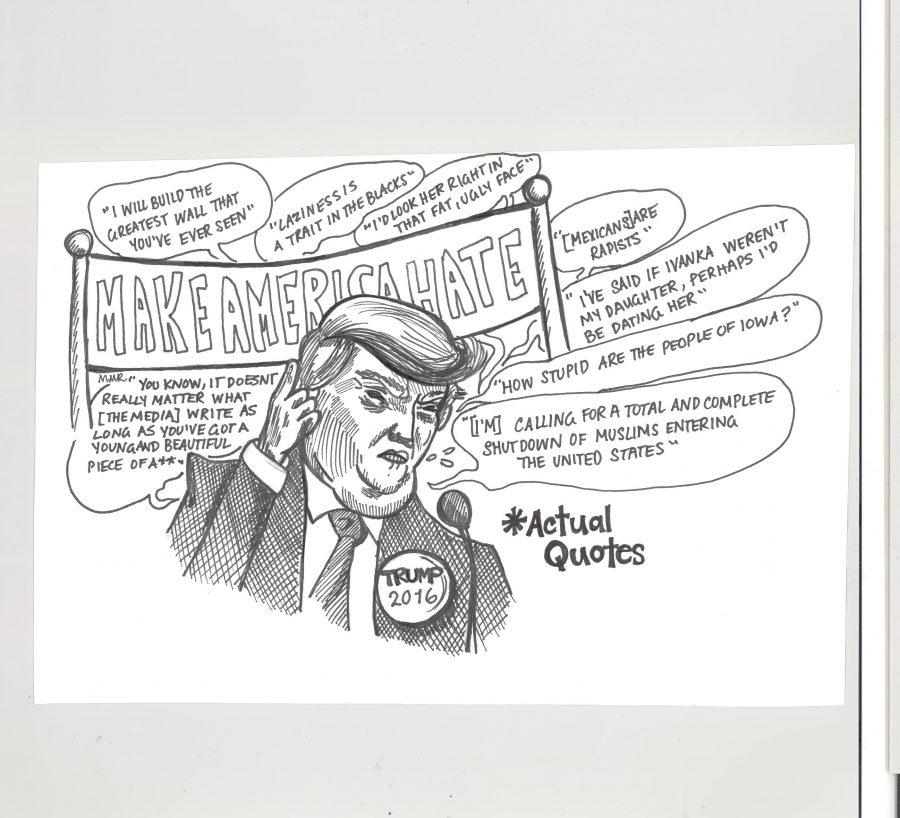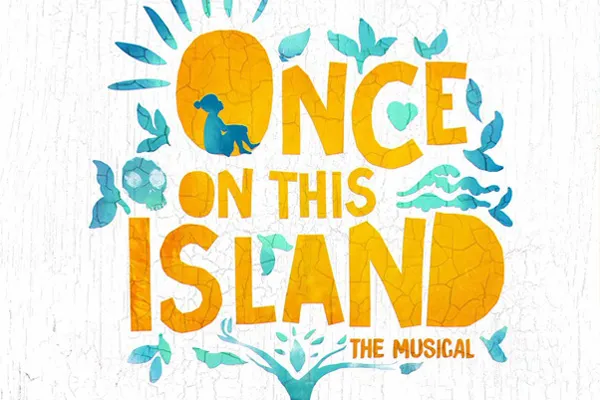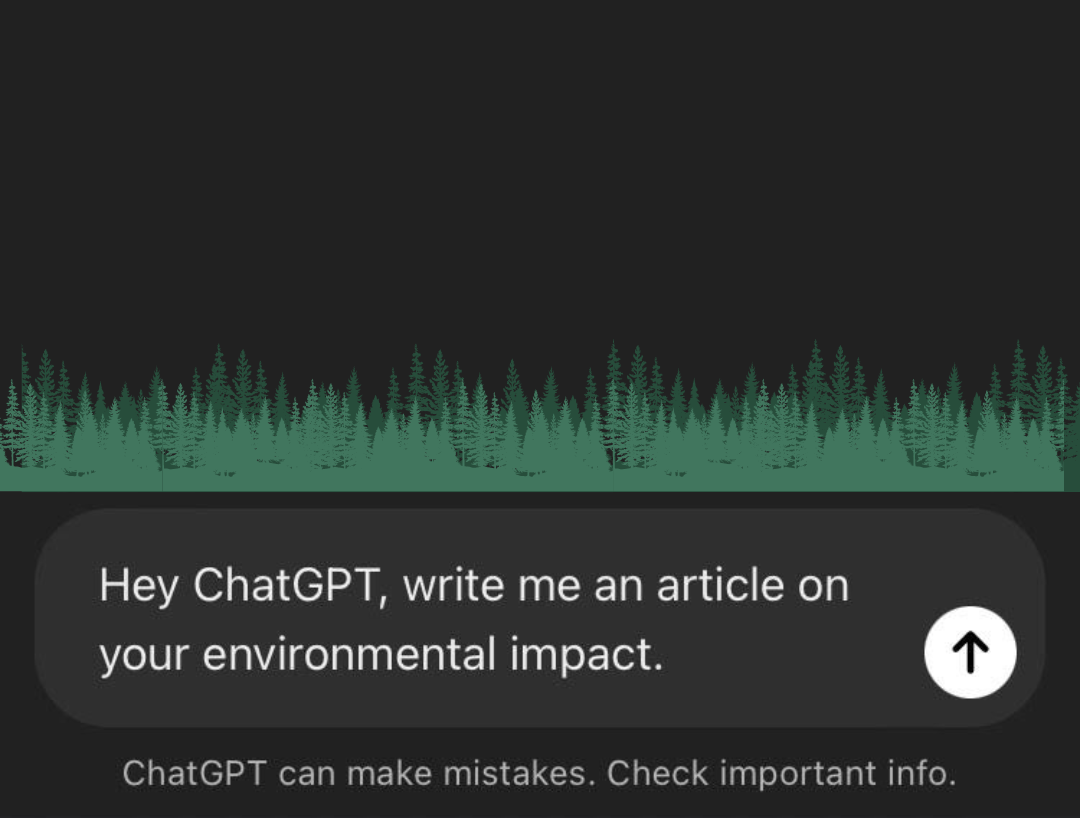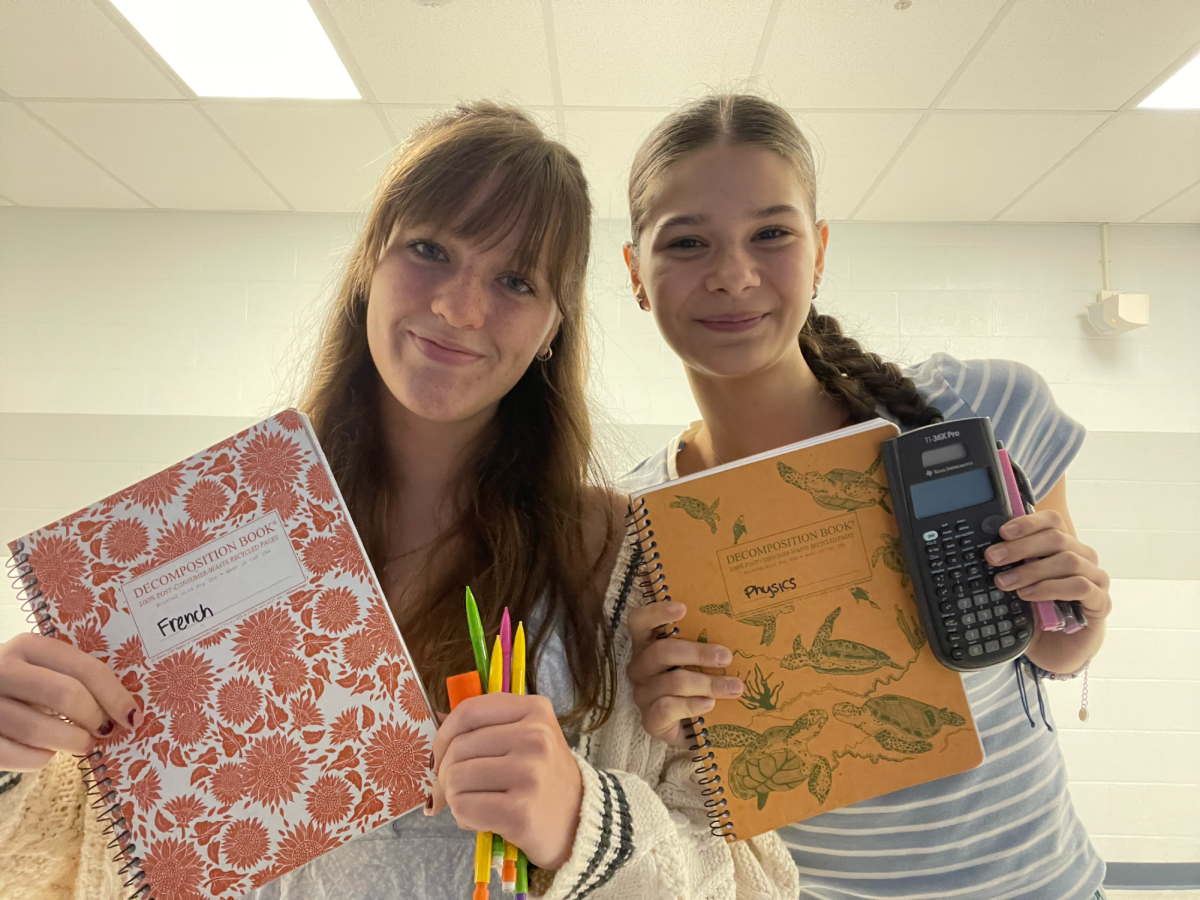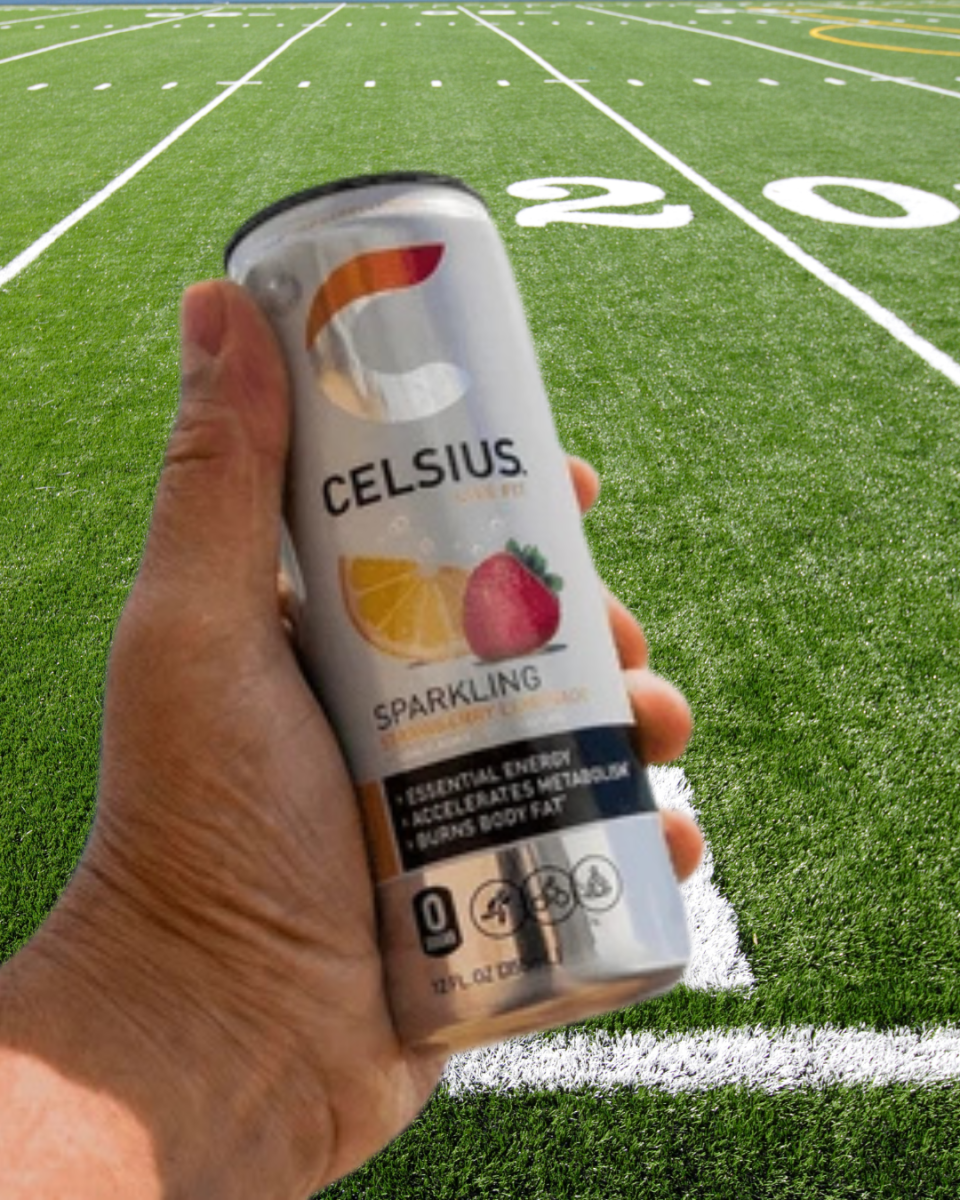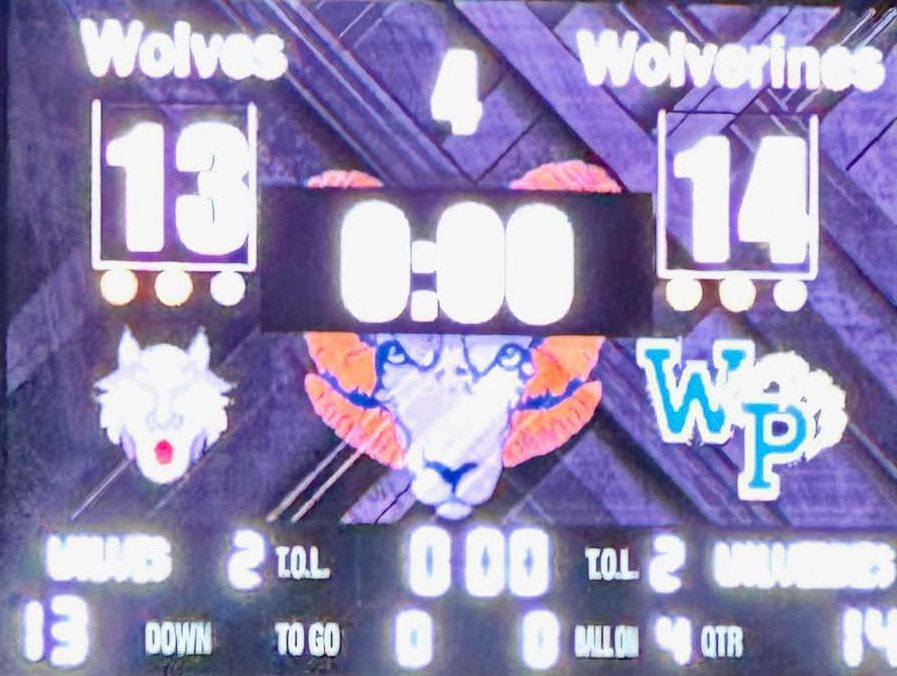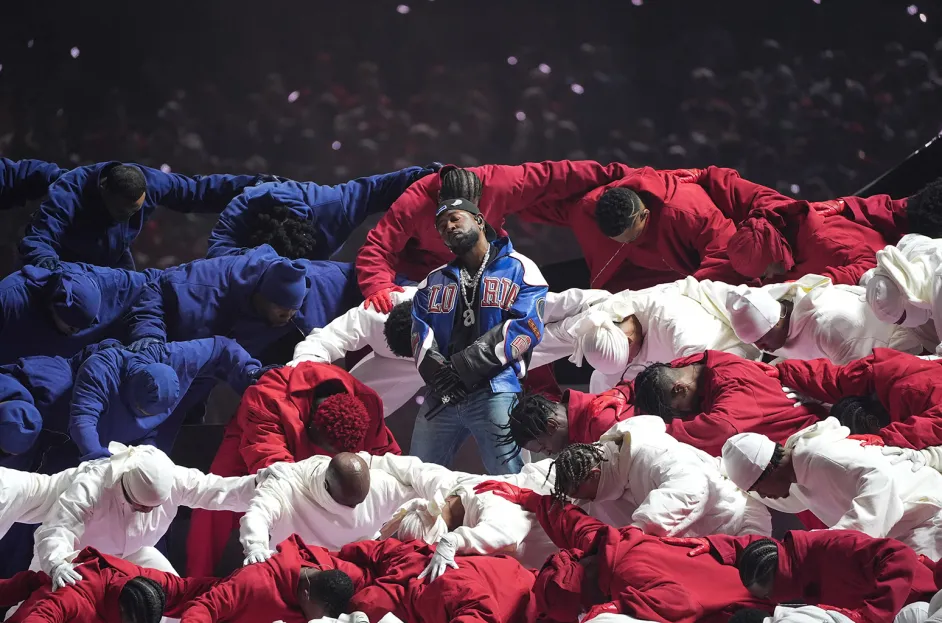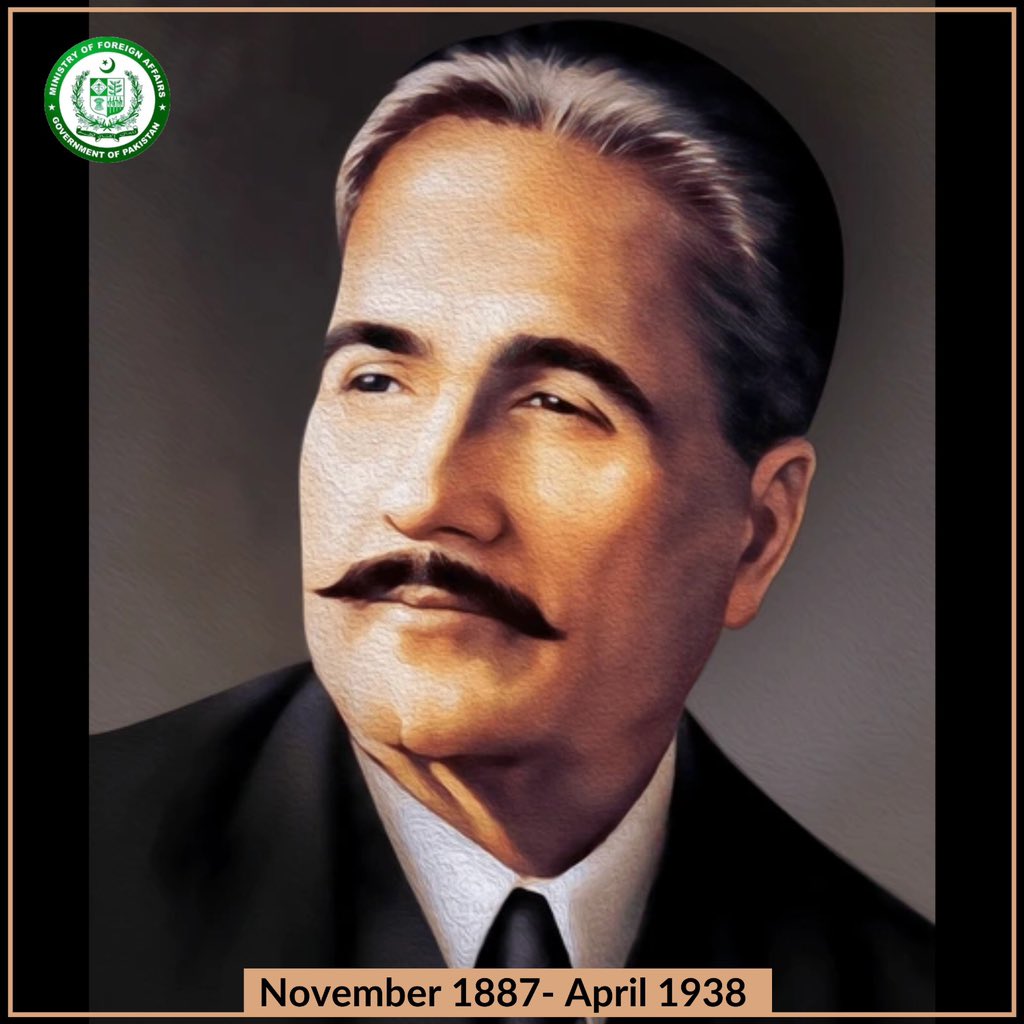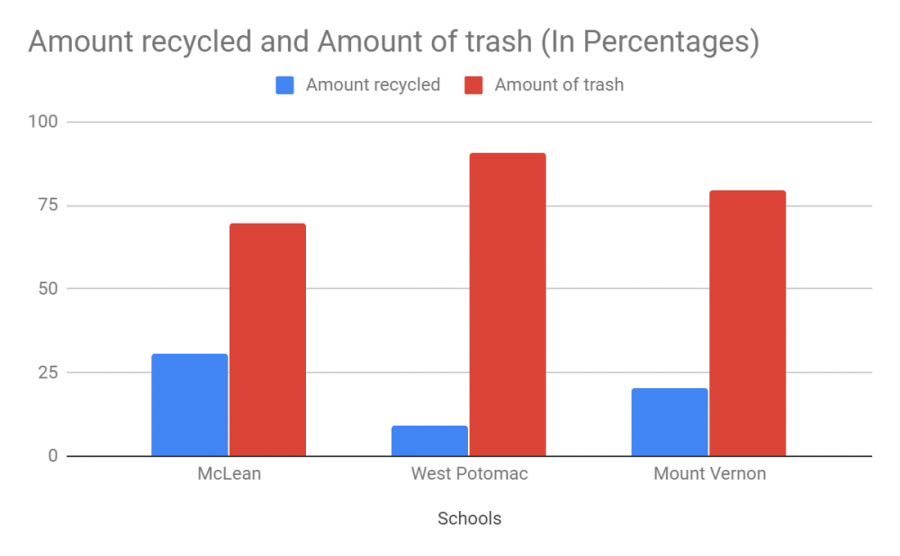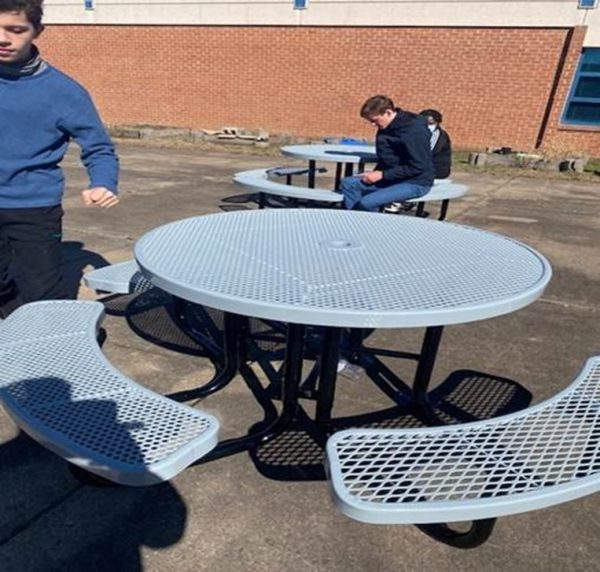Reviving Recycling at West Po
The students in the Low Incidence Program at West Potomac, otherwise known as the Category B (Cat B) Program, have been collecting recycling from the classrooms around the school reviving a recycling program that was producing scant amounts of recycling compared to other FCPS high schools. The program has been running since the beginning of the year, according to Danielle Tapsoba, a Cat B teacher and the head of their recycling program. The recycling they collect is then collected by the county.
The Cat B Program is for students with moderate to severe disabilities, and offers an adapted curriculum for the students, as well as other job training opportunities at the school, according to Jasmine Proctor, a Cat B teacher, the students collect recycling on a daily basis throughout the school. The rotation consists of students in the career training preparation group,and the work awareness program, which are both parts of Cat B.
“I don’t really like waste too much, so I do feel like recycling is important, but especially with this population of students, to teach them a skill like this, it’s definitely beneficial to them, and I think it does add meaning to their career preparations,” Proctor said.
“It was important for us also add additional tasks to what was here for us, so we kind of looked into some things here, as teachers, and one of our teachers took the lead and said we need to take the opportunity and do [the recycling program] this year,” said Proctor.
West Po Data
Fairfax County Public Schools started the Get2Green Program in 2010 “With the goal to create a greener environment and teach students in Fairfax County about the environment” according to their website.
According to the data collected by the Get2Green Program, West Po has recorded the lowest amount of recycling of all high schools in the county. Between January 2018 and December 2018 West Po produced 41,595 pounds of recycling (9.09%), in addition to 416,190 pounds of trash (90.91 percent of waste).That is 165.15 pounds per student per year. In comparison, Mount Vernon High School only created 233,640 (79.51%) pounds of trash and 60,193 (20.49%)
pounds of recycling over the same time span which amounts to 113.97 pounds of trash per student per year. The school with the highest recycling record is McLean High cycled 77,943 (30.53%) pounds and only threw out 177,320 (69.47%) pounds of trash.
“People need to understand maybe why we are recycling, maybe it will help. A lot of stuff that we use, like the plastics, even the papers, come from recycling, come from recycling items, and they need to know what we need to recycle also, because I don’t think that a lot of people know what it is sometimes,” Tapsoba said.
According to Tapsoba, when the Cat B students go to pick up recycling, they often find trash in the recycling bins, or soda cans half full of soda that have gotten all over the other items in the bin making it harder for them to recycle the things in the bin. There are also some classrooms that don’t even have a recycling bin in the room.
According to the Fairfax County website, the county collects recycling from 44,000 residents, but 30% of that material is actually trash. This, as well as China’s new rule on not accepting foreign waste, according to the New York Times, has brought the price of recycling in Fairfax County to $80,000 a month. According to the website, the only way to bring the cost down is to stop the contamination of the recycling from being mixed in with trash. An article written by the Fairfax County Recycling Department says if this continues, a change to recycling procedures could occur, such as sorting your recycling into groups (paper, glass, plastic, etc.) before it is collected.
The Recycling Leaders
According to the Fairfax County website, it costs $66 a ton to throw away trash at the landfill on I-95 in Lorton, Virginia, which makes the cost of throwing out trash at West Po $173,081. After that, different things can happen to the trash. According to HowStuffWorks, 32.5% is recycled or composted, 12.5% is burned, and 55% remains buried in the landfills, where it slowly decomposes.
According to Ali Culhane, a program specialist at the FCPS Get2Green project, the recycling collected at Fairfax County schools is taken to Republic Services MRF, where it costs $40,337 to throw out a ton of recyclable trash. It is then sorted and sold to manufacturers who make it into something else, like plastic containers people use for lunch, to garden rakes, and even picnic tables.
The state of Virginia ranks 34 in the nation overall for recycling. One of the best recycling states in the country is Maine, which ranks eleventh, according to WalletHub.com. The Maine Department of Environmental Protection’s website says that paper recycled in the state of Maine can become anything from paper backing on the roof of shingles to cat litter. Metal cans become car parts, steel beams, and appliances. There is no clear data for what recycling becomes in Virginia, just what happens to the waste that is not recycled, although it is possible they are made into the same things.
Other Ways to Reduce Waste
In Europe and Washington State, laws have been introduced banning the use of single-use plastics. Examples of single-use plastics include straws, plastic plates, and plastic cutlery. A study done by the United Nations (UN), shows that the world produces over 40 million tons of plastic per year. This ban is meant to cut down on the amount of plastic that is thrown away, as plastic does not decompose easily in nature. According to the New York Times Marine scientists in Ireland found plastic in 73% of 233 deep sea fish in the northwest Atlantic Ocean.
Another study done by the UN shows that North America uses 21% of all the single use plastics in the world. This number is only topped by the 26% used in Northeast Asia, in countries including China and Japan. The study also shows that of all the plastic waste generated in the world, 79% sits in landfills or is littered into the environment, while only 9% of plastic waste is properly recycled.
Back to West Po
According to Cara Omohundro, 9th grader, “I feel like most people know what can be recycled, but for some reason they don’t.” Omohundro also said that she feels that West Po “needs to teach that [recycling] is not difficult.”
“I think you need recycling bins in the hall. A lot of students when they pass my room just throw stuff and they don’t really pay attention to recycling or trash,” said Nancy Lynch, a chemistry teacher at West Po.
On a larger scale, in FCPS, there are also plans for the removal of plastic straws from the meals. “[FCPS Food Services] has been contacted by a few student groups looking to explore the possibility of eliminating or limiting straw use at their school,” says Maria Perrone, Director of Food Services. “Food and Nutritions Services is currently working with the school administration and students to help support this initiative.”
According to Ivan Johnson, one of the West Po assistant principals, West Po has increased the attention on recycling recently. It has put together a group of teachers, in addition to the Cat B program, both of which are focusing on trying to increase the proportion of recycling that West Po produces. However, no concrete numbers or new policies have been introduced at West Po by any members of the staff or administrative team.
In her Senior year at West Po, Mollie Shiflett wants to keep it real. She is Co-Editor-in-Chief of the West Po Wire and has been since sophomore year....
Carter Ver Hage is a sophomore at West Potomac High School and in his first year of Journalism. He joined Journalism because he enjoys writing articles...



